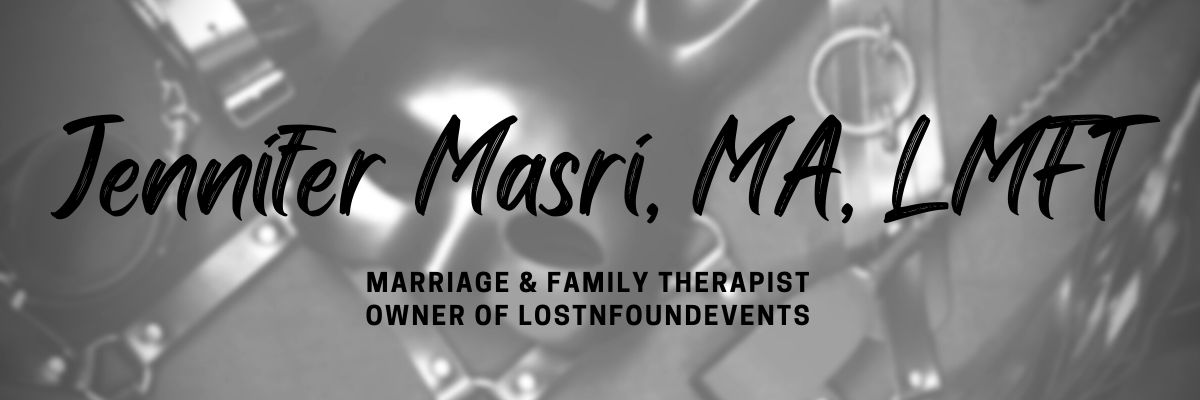A Third Leg
No, this article is not about giant members. lol
So I was watching talk shows the other day. Well, I use the term “watching” loosely. More like glancing up at the tv occasionally while they were running in the background as I helped my kids with homework. Anyway, on one of the talk shows a co-host was mentioning something about how people have been saying that couples last longer if they have a “third leg”. She went on to describe what this meant. Basically she was referring to things like having kids, shared tv shows (and being able to watch them together thanks to streaming networks), a common hobby, etc. Something they can focus their attention on as a couple that is outside of themselves.
The reason for the “third leg” being helpful in keeping couples together and interested in one another is that it gives them something to talk about and connect over. It’s amazing how much people will thank streaming networks for saving their marriage! Especially since it used to be that if a couple only had kids to connect over they were at a loss once the kids moved out. Now with external entertainment at our fingertips we have much more to interact about for an infinite amount of time.
This got me thinking, however, about those of us into kink and/or polyamory.
We have those same things to connect over, tv shows, maybe kids for those in the scene that share children, perhaps common vanilla hobbies as well. However, in addition we share kink. For some it is like another hobby we enjoy together, for others it’s our lifestyle. Either way it’s something else we share with our partner(s) and look forward to. If we play then we look forward to that – maybe planning scenes or deciding which parties to attend. If we are involved in a power exchange relationship then we may spend time together communicating about rules, protocol, etc.
When it comes to poly it’s an entirely new level. If there are other partners then (similar to kids) you have another (or other) actual people to connect over, communicate about, plan things with, and talk to. With or without other partners you may still be communicating about how poly will work for you. Discussing finding a new partner or partners. Perhaps you go out together to meet potential play partners, lovers, and/or life mates. There are those that have other partners and are also looking for additional partners. I don’t know where they find the time, but that’s just me! Also, unlike kids, additional partners don’t necessarily fall under the same developmental timeline of growing up and moving out or away from you. This doesn’t mean that poly relationships don’t end, however, you are then able to continue opening up to others in the attempt to find and unite with new people. You can’t just go out and try to find new kids to replace the ones that left for college!
The point of all this is that if you’re involved in kink, poly relationships, or both – you have opened up a whole new world of “third leg” possibilities to connect over. This not only keeps life interesting, but our relationships as well.






